Staring at a textbook can feel like facing a brick wall. Words blur, concepts tangle, and the whole experience becomes a chore. You’re not alone. Many students struggle to absorb information from textbooks, especially when the material is dense or unfamiliar.
It doesn’t have to be this way.
Effective textbook reading isn’t about passively scanning pages. It’s about actively engaging with the material, employing proven strategies to boost comprehension and retention. With the right approach, you can transform that intimidating textbook into a valuable tool for academic success. This guide will arm you with powerful textbook study techniques to conquer any subject.
Decoding the Dense: Effective Textbook Reading Techniques
Textbook reading is more than just looking at words. It is a skill that can be honed to unlock knowledge, better grades, and a more profound understanding of the world. Let’s explore these key techniques:
Survey Before You Dive In
Before you even start reading a chapter, take a few minutes to survey it. This means skimming through the entire chapter to get a sense of the overall structure and key topics.
- Read the title and introduction: These provide a crucial overview of the chapter’s main focus.
- Look at the headings and subheadings: These act as signposts, revealing the chapter’s organization and key concepts.
- Examine any images, charts, or graphs: Visual aids can provide valuable insights and help you grasp complex information quickly.
- Read the summary or conclusion: This gives you a sneak peek at the chapter’s main takeaways.
- Note any key terms or vocabulary: Identifying unfamiliar terms ahead of time prepares your mind to pay special attention when they appear in the text.
Surveying gives you a mental roadmap. You will know where you are going, and what to expect. This can make the reading process less daunting and improve comprehension.
Set Purposeful Goals
Before you start reading each section, set a specific goal for what you want to learn. Instead of just passively reading, ask yourself:
- What are the key concepts I need to understand?
- What questions do I hope to answer by reading this section?
- How does this section relate to what I already know?
Defining your goals will make your reading more focused and efficient. It pushes you to seek answers and actively process the information.
The Power of Active Reading
Active reading is all about engaging with the text instead of just letting your eyes glaze over the words. Here are some effective active reading strategies:
- Highlighting and Underlining: Mark key terms, definitions, important facts, and supporting details. Be selective. Highlighting everything defeats the purpose.
- Annotating: Write notes in the margins of the textbook. Summarize key ideas, ask questions, make connections to other concepts, or jot down your own thoughts and examples.
- Questioning: As you read, ask yourself questions about the material. What does this mean? How does this work? Why is this important? Try to answer these questions as you go.
- Summarizing: After each paragraph or section, pause and summarize the main idea in your own words. This forces you to actively process the information and check your understanding.
These strategies help you stay focused, understand the material better, and remember it longer.
The SQ3R Method: A Classic Approach
The SQ3R method is a structured reading technique that has been used for decades to improve comprehension and retention. It stands for:
- Survey: As described above, skim the chapter to get an overview.
- Question: Turn the headings and subheadings into questions. This sets a purpose for your reading.
- Read: Read each section actively, focusing on answering the questions you formulated.
- Recite: After reading each section, try to answer the questions from memory. Summarize the main points in your own words.
- Review: After you finish the chapter, review your notes and the key concepts. Test yourself on the material.
SQ3R helps you break down the reading process into manageable steps and actively engage with the material.
Pace Yourself and Take Breaks
Reading for hours on end can lead to mental fatigue and decreased comprehension. It is vital to pace yourself and take regular breaks.
- Break up long reading sessions: Aim for 25-50 minute reading intervals followed by a 5-10 minute break.
- Use the Pomodoro Technique: This involves working in focused bursts (e.g., 25 minutes) followed by short breaks (e.g., 5 minutes).
- Get up and move around: During breaks, get up, stretch, walk around, or do some light exercise. This helps to refresh your mind and improve focus.
- Avoid distractions: Find a quiet place to read where you will not be interrupted. Turn off your phone, close social media tabs, and let others know you need uninterrupted time.
Regular breaks can increase your attention span, prevent burnout, and improve your overall learning.
Make Connections and Relate to What You Know
Learning is more effective when you can connect new information to what you already know.
- Relate new concepts to your own experiences: Think about how the material applies to your life, your interests, or your previous knowledge.
- Look for patterns and relationships: Identify connections between different concepts, ideas, and examples.
- Create analogies and metaphors: Use familiar concepts to explain unfamiliar ones. This can help you to grasp complex ideas more easily.
- Think critically about the material: Don’t just accept information passively. Question assumptions, evaluate evidence, and form your own opinions.
By making connections and relating the material to your existing knowledge, you will deepen your understanding and make it more memorable.
Harness Visual Aids: Don’t Just Read, See
Visual learners rejoice! Textbooks often come loaded with visual aids that can significantly boost comprehension.
- Study diagrams and illustrations: These can clarify complex processes or relationships in a way that text alone cannot.
- Analyze charts and graphs: Pay attention to trends, patterns, and key data points.
- Create your own visuals: If a concept is difficult to grasp, try drawing your own diagram or flowchart to illustrate it.
- Use color-coding: Assign different colors to different categories of information. This can help you organize and remember key concepts.
Visual aids can provide a different perspective on the material and make it more engaging.
Review and Reinforce: The Key to Retention
The reading process doesn’t end when you reach the last page of the chapter. It’s vital to review and reinforce what you’ve learned.
- Review your notes and highlights: Go back over your annotations and key takeaways.
- Summarize the main points: Write a brief summary of the chapter in your own words.
- Test yourself: Use the end-of-chapter questions, create your own quizzes, or ask a friend to quiz you.
- Teach the material to someone else: Explaining the concepts to someone else is a powerful way to solidify your understanding.
- Space out your reviews: Don’t just review the material once. Review it again a few days later, then again a week later, and so on. Spaced repetition helps to move information from short-term to long-term memory.
Reviewing and reinforcing the material will dramatically increase your retention and help you to succeed on exams.
Take Smart Notes: Not Just What, But Why
Note-taking during textbook reading is an art form. It’s not about writing down every single word, but about capturing the essence of the material and making it meaningful for you.
- Use your own words: Summarize the information in your own language. This shows you understand it and makes it easier to remember.
- Focus on key concepts and relationships: Don’t just copy definitions. Focus on understanding the underlying principles and how different concepts connect.
- Use abbreviations and symbols: Develop a shorthand system to speed up your note-taking.
- Organize your notes: Use headings, subheadings, bullet points, and other formatting to create a clear and organized structure.
- Use different note-taking methods: Experiment with different methods, such as linear notes, Cornell notes, or mind maps, to find what works best for you.
Effective notes are a valuable resource for studying and reviewing the material.
The Digital Advantage: Using Technology Wisely
Technology can be a powerful tool for textbook reading, but it’s important to use it wisely.
- E-readers and digital textbooks: These offer features like searchable text, built-in dictionaries, and adjustable font sizes.
- Note-taking apps: These allow you to create digital notes, highlight text, and add annotations.
- Flashcard apps: These can help you memorize key terms and concepts.
- Online resources: Supplement your textbook reading with online articles, videos, and interactive simulations.
However, it is important to avoid distractions when using technology. Turn off notifications, close unnecessary tabs, and stay focused on the task at hand.
Know When To Ask for Help
You’re not meant to traverse textbooks alone. Sometimes, despite your best efforts, you may find yourself stuck. Don’t hesitate to seek help from:
- Professors: They are subject-matter experts and can provide valuable insights and explanations.
- TAs: Teaching assistants can offer additional support and guidance.
- Tutors: A tutor can provide personalized instruction and help you to overcome specific challenges.
- Study groups: Working with other students can help you to learn from each other and stay motivated.
There’s strength in numbers and seeking help when needed is a sign of a proactive, rather than weak, student.
Tailor Your Strategy
There’s no one-size-fits-all method for effective textbook reading. What works well for one person may not work as well for another. Experiment with different techniques and find what works best for you. Consider these factors:
- Your learning style: Are you a visual, auditory, or kinesthetic learner? Adapt your strategies to match your preferred learning style.
- The subject matter: Different subjects may require different approaches. For example, reading a history textbook may require a different strategy than reading a math textbook.
- Your goals: Are you reading for general understanding, for a specific exam, or for long-term retention? Adjust your strategies accordingly.
- Your time constraints: If you have limited time, prioritize the most important techniques, such as surveying, setting goals, and summarizing.
By tailoring your approach to your individual needs and circumstances, you can maximize your learning and achieve your academic goals.
Conquer the Comprehension Cliff
Reading textbooks doesn’t have to be a dreaded chore. By implementing these effective textbook study techniques, you can change your study habits for the better. From surveying and setting goals to active reading and spaced repetition, each technique will serve as a building block for better comprehension and retention.
So, face that textbook with confidence, utilize these techniques, and start unlocking the knowledge within its pages. Your academic success is waiting to be discovered, one well-read chapter at a time.

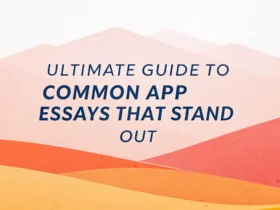


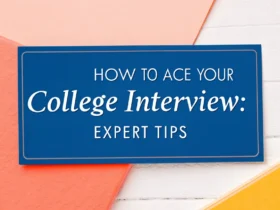
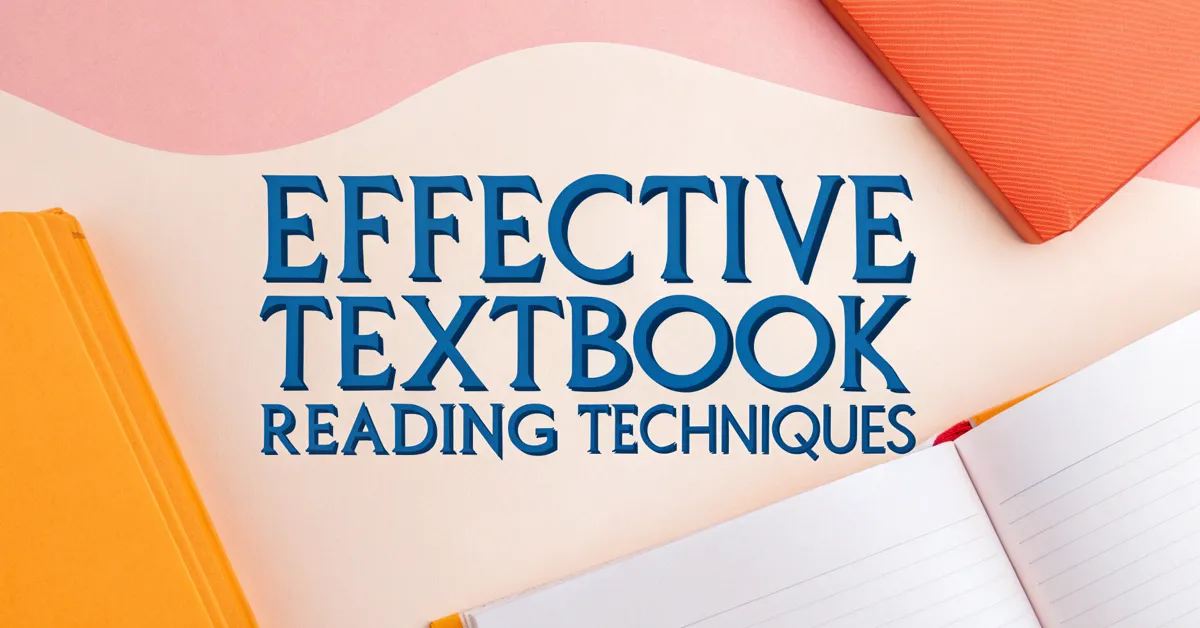
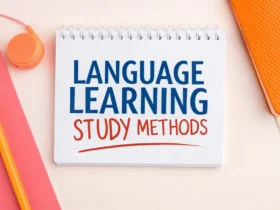




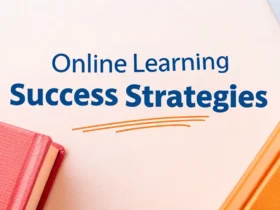
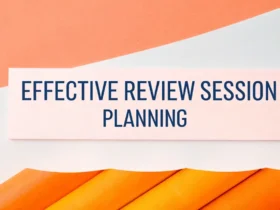
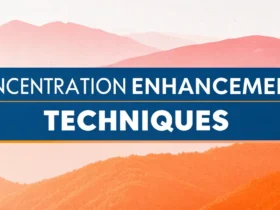
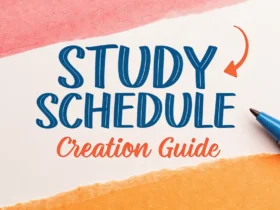
Leave a Reply
View Comments